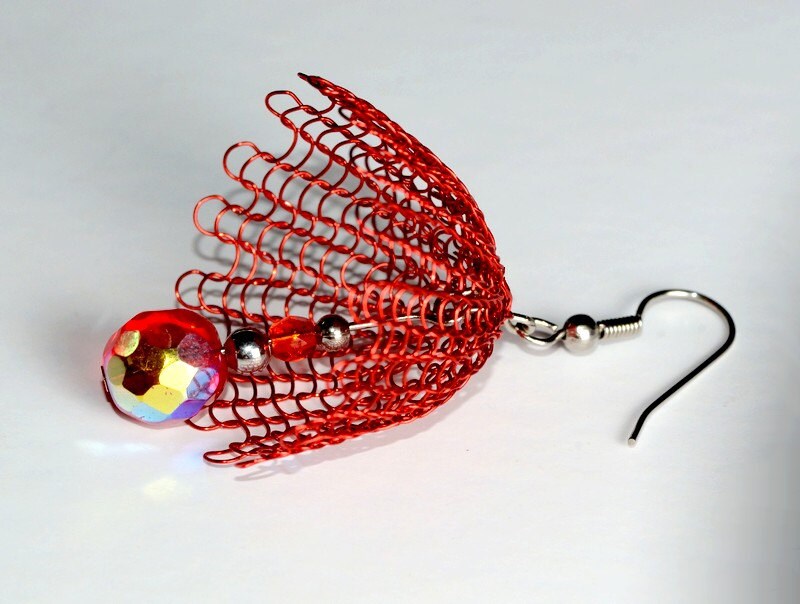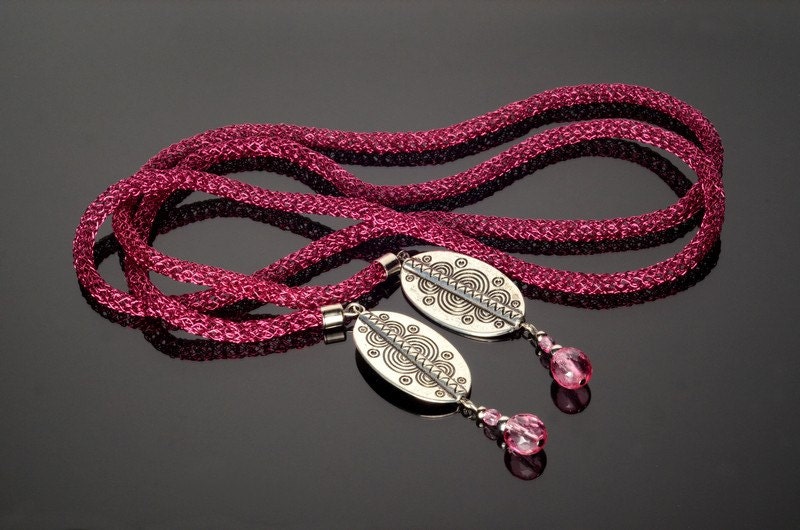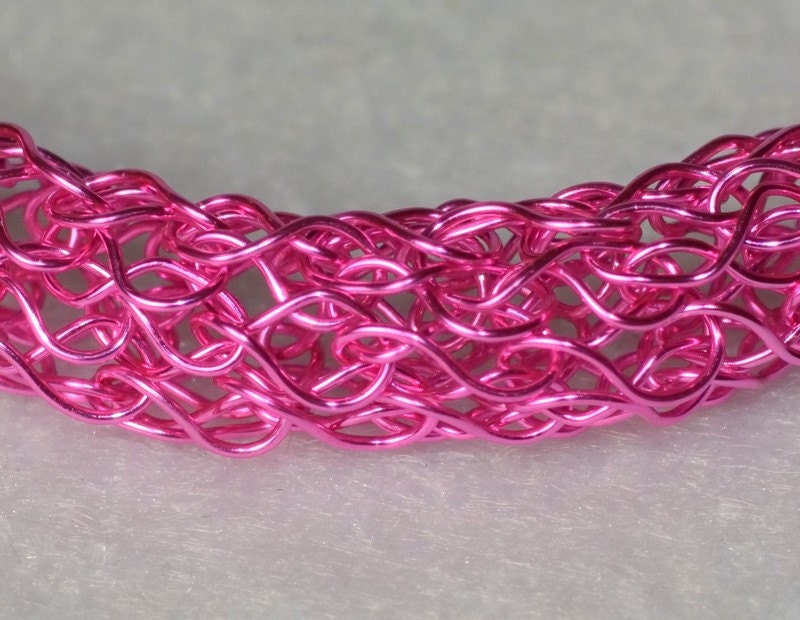Is
it genetic? Acquired? Chance?
I
can track back my first artistic thoughts to kindergarten, at 5 years old.
One
was when my friend, Orit, sketched a figure and drew to many contour lines for the hands. When painting inside she realized making a mistake and fixed it, but I was disappointed. I
really liked those extra lines, and thought it was wonderful and imaginative.
Another
was being fed up with threading plastic beads, and looking for other options.
The teacher's assistant took some olive kernels and showed me how to grind
their tips on a stone to make holes. I coated the kernels with gouache paint
and created my first necklace.
I come from a family of
craftsmen and artists, so becoming a creative artist seemed natural for me. However,
support for my young talent came from other places, mainly my art teacher at
school. When I expressed my wish to learn art in high school, my father
replied that it's better to learn a trade, and sent me to learn bookkeeping.
Me,
bookkepping???
I'm still lost in my bank statements!!!
Soon
he realized his mistake, and became a source of support. Art became a built-in
part of my routine.
fine silver pendant - metal clay, sterling silver and fluorite necklace
StudioD began its first steps about 30 years ago, when I quit my Architecture studies. At first it seemed to be a good substitute for art, but soon I found myself longing to form and shape materials with my bare hands. I began designing jewelry made of leftover modeling cardboard, and can sincerely say that they were the best outcome of my studies.
mixed media on canvas - acrylic and modeling cardboard








